In an industry that is constantly innovating and evolving it can be difficult to keep up with the latest technologies available. One of the trends we have noticed rising in the industry is making the transition to a tubeless system for your tires. But is making the switch to tubeless right for everyone? We’ve definitely seen it become standard for mountain biking, but what about your road bike? I’m going to dive into some pros and cons of riding tubeless on the road, or even on your gravel bike to try and answer the questions posed above.
Pros To Riding Tubeless
The first and most obvious advantage to riding tubeless is no pinch flats. Without a tube inside your bike tire, you can’t have a pinch flat. Additionally, small punctures shouldn’t cause a complete failure to hold air thanks to the tire sealant you’ll have inside your tire for that exact situation. Sealant should fill a small hole in the tire before too much air escapes and you end up with a flat.
Another distinct advantage to riding tubeless is that you can run a much lower tire pressure which provides you with added comfort along your ride and more traction while cornering or climbing. Running high pressure inside your tire doesn’t have as much cushion along the ride so you feel every bump in the road, but letting some air out can really increase the ride quality especially if you plan to ride off the road on dirt or gravel.

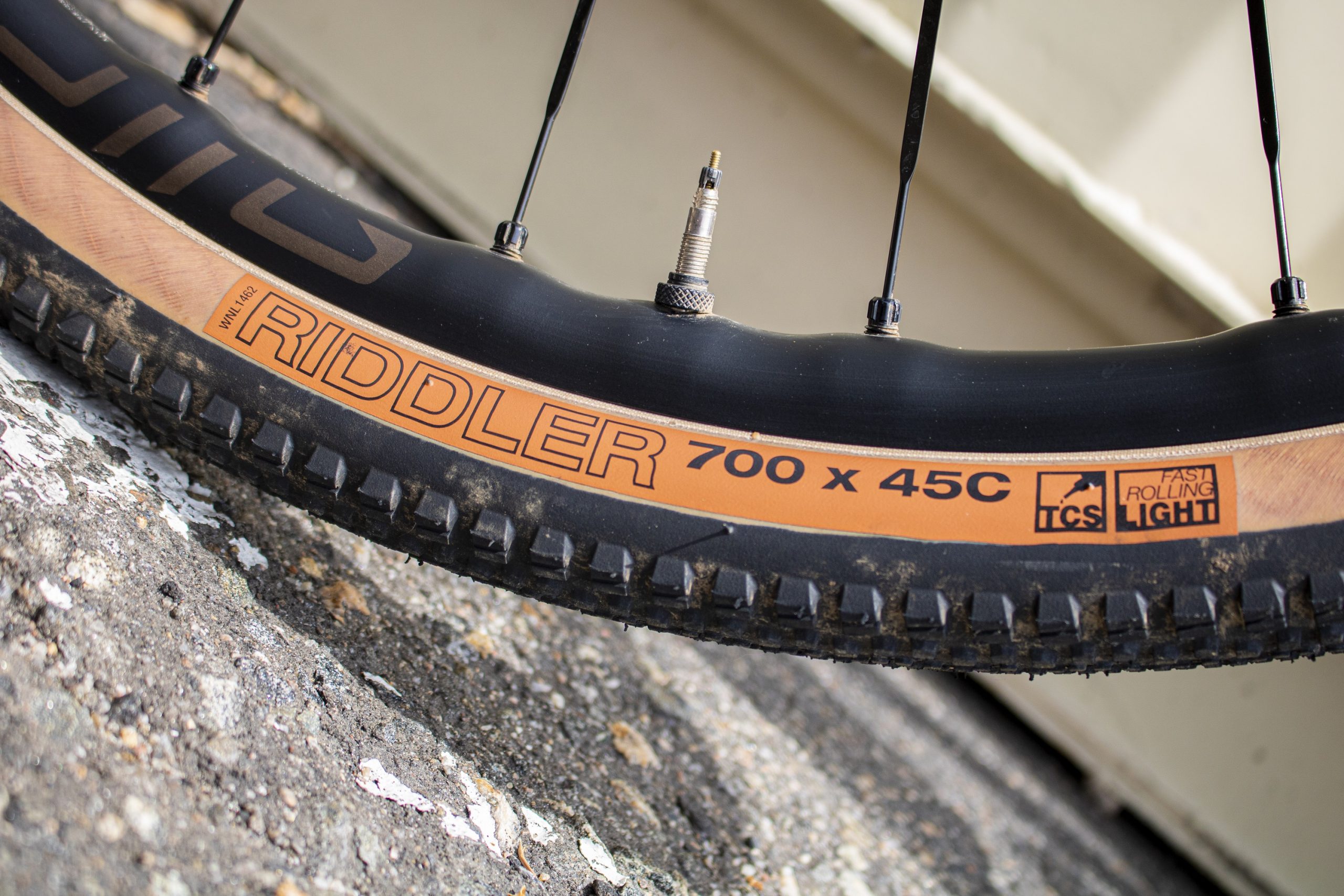
Less flats mean less maintenance! Once you’re finished with the initial setup, you can maintain your tires simply by added sealant as necessary and pumping them up with air. Another thing worth mentioning, is that riding tubeless can save weight compared to riding with a tube. Removing the tube can save a couple hundred grams from each tire. Of course you add some weight back with sealant, but overall you should come out with less weight in the tire with a tubeless setup. In addition to saving weight, there have been some studies that show riding tubeless can provide lower rolling resistance when compared to the same tire set up with a tube. Saving weight and lower rolling resistance is something I think all riders can get behind.
Cons To Riding Tubeless
Tubeless can be a bit more expensive than riding with a tube. Instead of just buying an inexpensive tube and patch kit to mount your tires, you need sealant and it is recommended that you ride tubeless ready tires and rims. With that being said, most rims and tires can be converted to be tubeless compatible with a tubeless kit, which often includes a tubeless valve stem and rim tape. An added expense you don’t need to ride with a tube. However, not all rims can be converted to tubeless. If you’re not sure about your rim, I’d recommend checking with the rim manufacturer. One specific example is that ENVE tubeless road wheels are not compatible with certain tires, like the Continental GP5000. It’s important to do a little research on your rim and tire to make sure both are compatible and can be set up tubeless, but most will be labelled as such making it very easy to figure out. It’s also worth mentioning that if you do get a flat while riding tubeless, you’ll still want to have a spare tube with you that you would be carrying either way.
Installing tubeless tires can be a bit more difficult, especially the first time you do it. I think part of this is down to the fact that we’ve all been doing the same tubed installs for so many years that learning a new method shakes it up a bit. However, if you don’t have an air compressor handy it can make it more difficult to get the tire bead to set into the rim. Also, sealant can be a little messy if you aren’t careful. Changing a tire that has already been installed with sealant is almost guaranteed to get sealant on you or the surface you’re working on, but it’s nothing a little soapy water can’t take care of and I think this gets easier with time and practice, just like all maintenance.
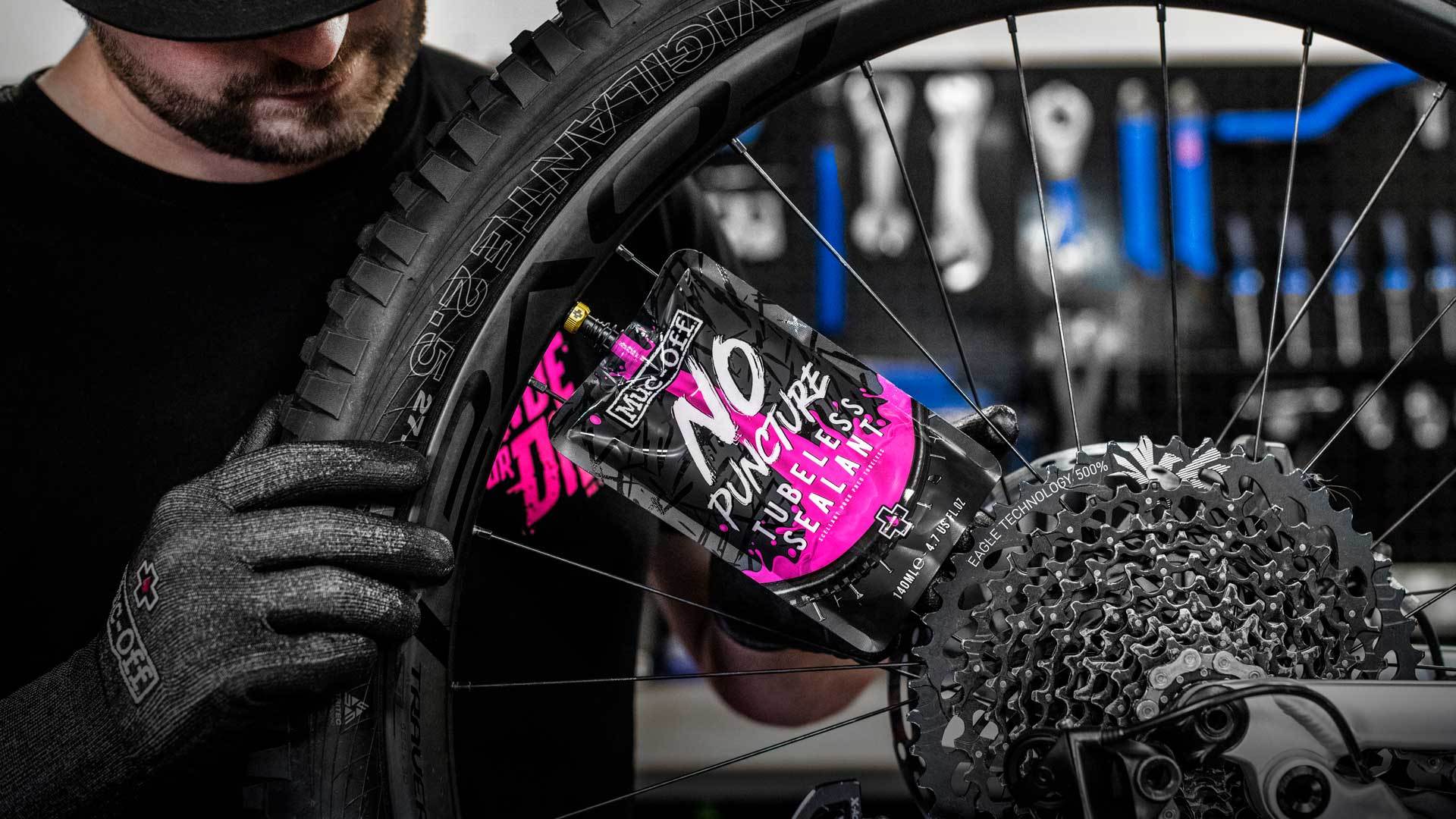
If you’re just riding road, tubeless tires probably aren’t necessary. A smooth road ride isn’t likely to cause a pinch flat, and the added benefits of riding a lower tire pressure probably won’t make a massive difference on a nicely maintained road. There is also an added hazard of the tire blowing off the rim. This doesn’t really happen in a tubed setup, but if you over inflate your skinny road tires while running tubeless, they could pop off the rim right after install or even possibly on a ride. If you over inflate with a tube, often it’ll pop the tube but it doesn’t usually have enough force to blow the entire tire off the rim. To prevent this from happening you can refer to manufacturer recommendations for tire pressure on the tire and rim, but it’s still something to think about if you’re just a roadie at heart.
Is Tubeless Right For You?
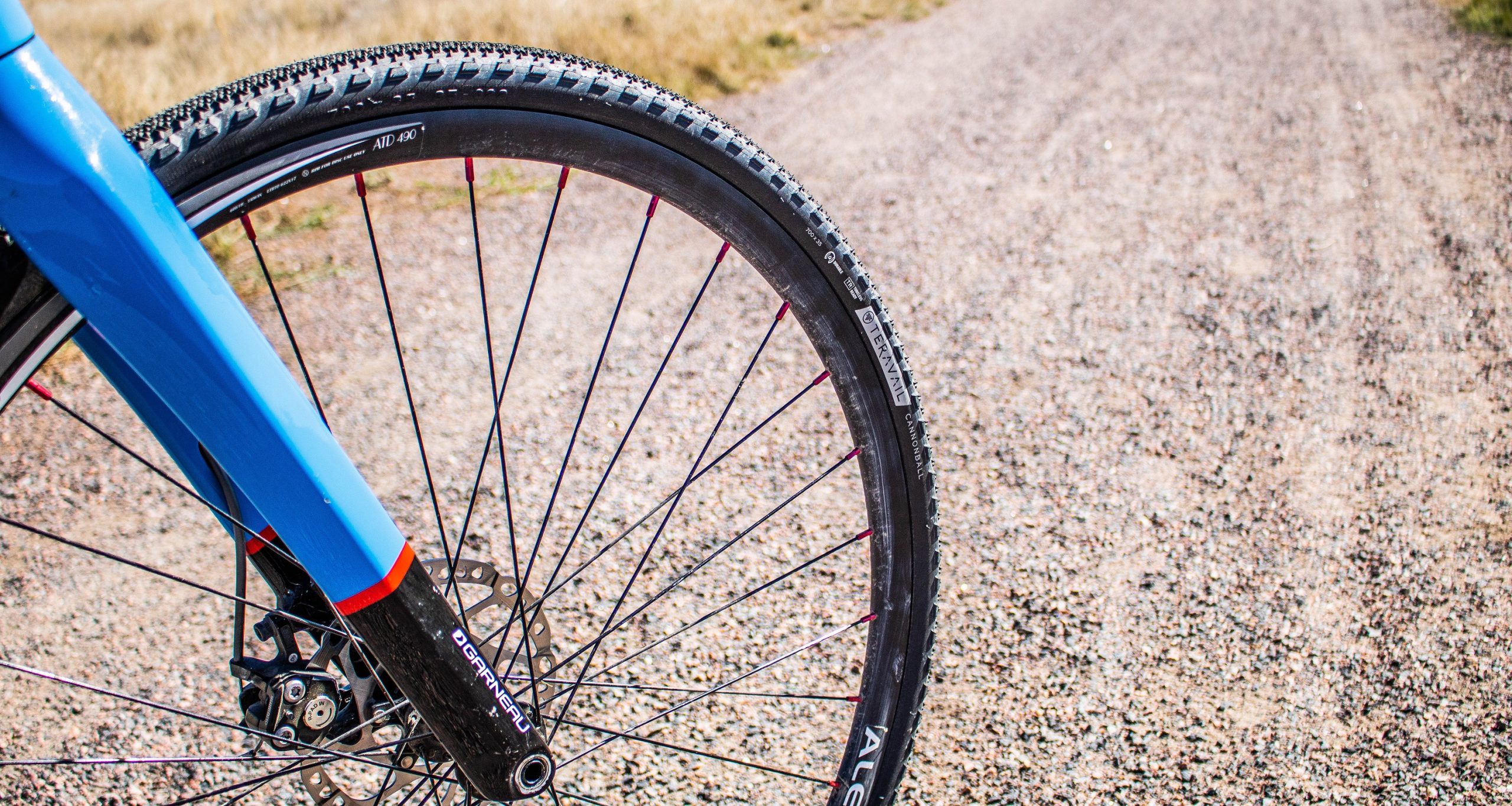
There are undeniable benefits to riding tubeless: less pinch flats, increased comfort and stability, and less maintenance once you’re set up for it. But does every rider need to ditch their bike tubes and move to tubeless?
If you plan to ride off the road, I think every rider will find that the benefits to riding tubeless far outweigh the cons. Mountain biking has already adopted tubeless tires as the go-to system, and gravel and off-road riders should do the same. Simply removing the possibility of a pinch flat on a tiny rock in the trail is enough to motivate me to ditch the tubes on my gravel bike.
For the roadies out there, I think it’s really up to personal preference. There are certainly some added benefits to riding tubeless on the road, but are they enough to justify the investment? I think that’s up to you. The nice thing about trying out a tubeless setup is that if you don’t like it, it’s extremely easy to switch back to riding tubes. Even if you’re riding some tubeless rims and tires, you can always pop a tube in there and get back to riding. So try it out! See if you like it! And if not, crank up the air pressure and fall back on that trusty tube that was in your back pocket anyway.
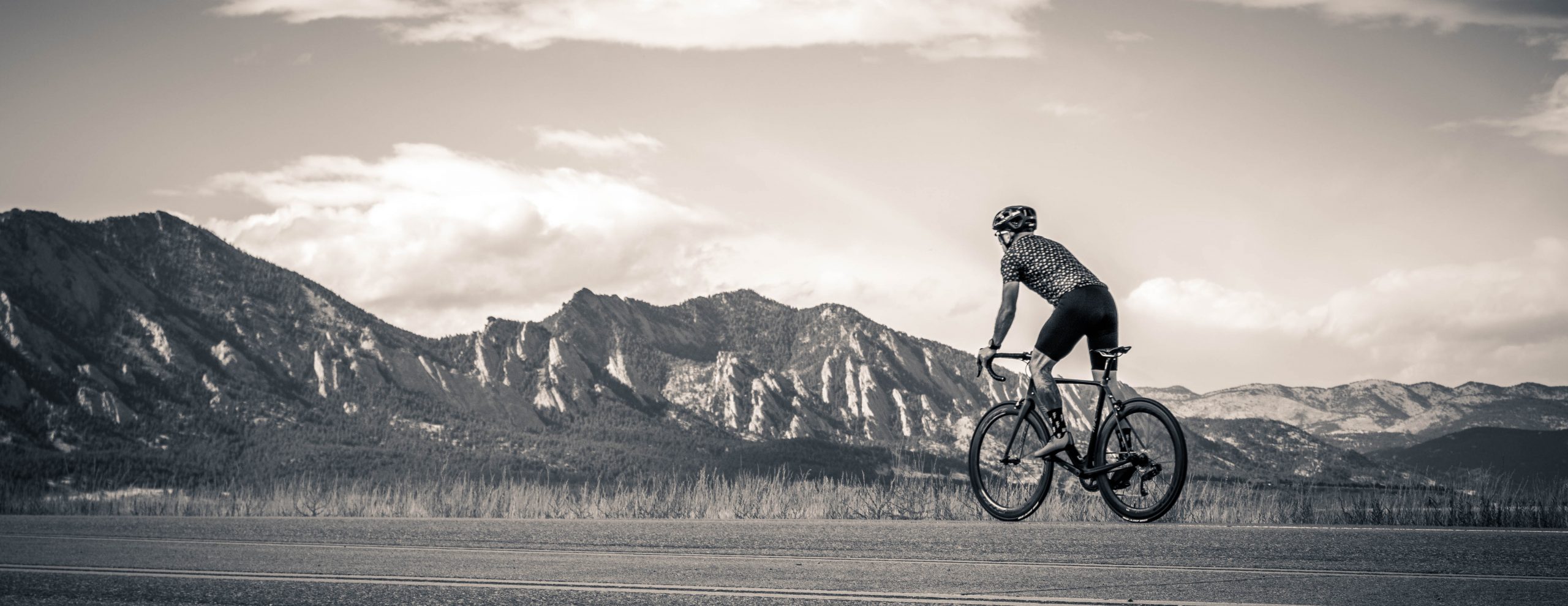


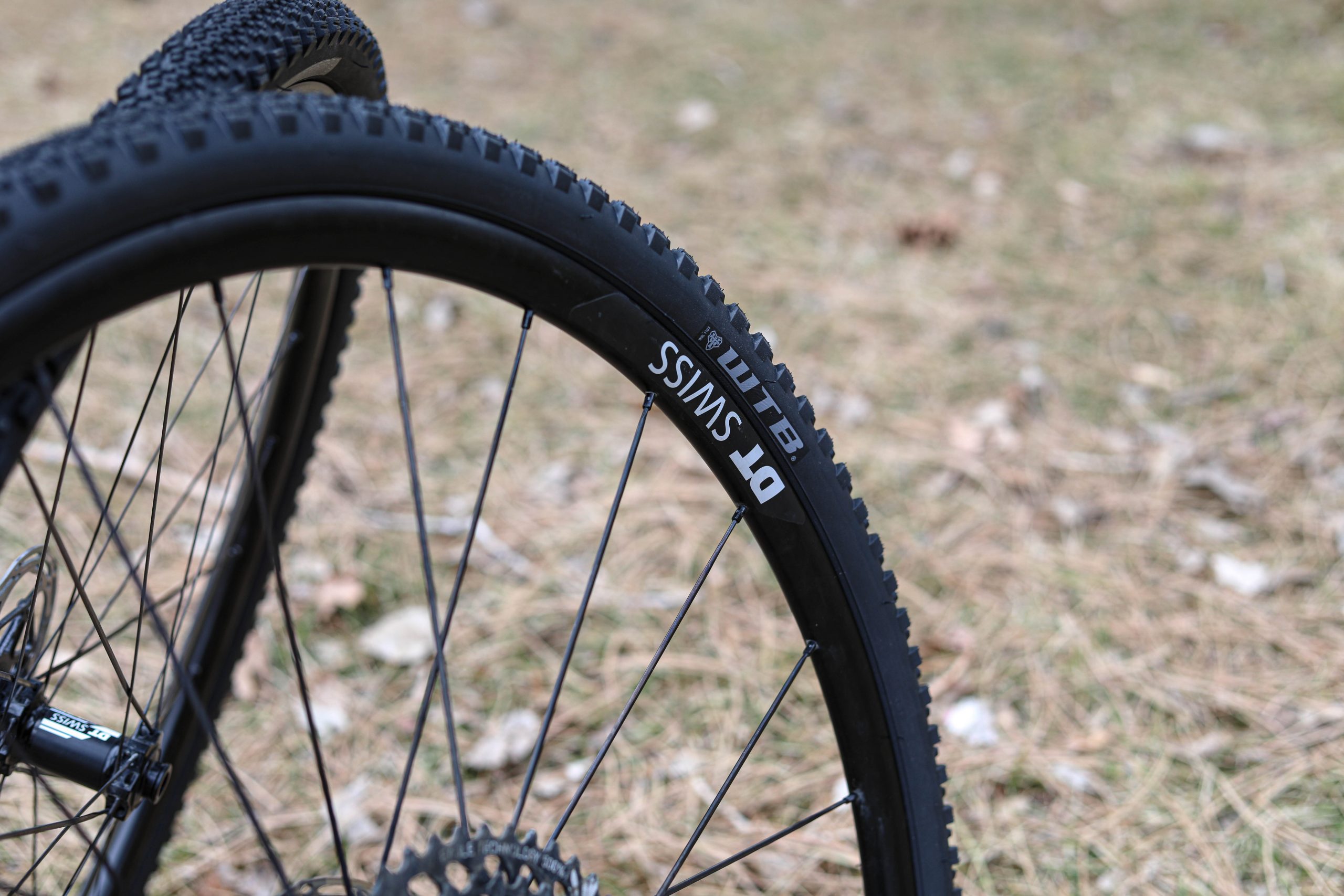

One of my friends insists that I go to tubeless tires. No thanks. Something about installing a goo inside my tires that is going to cause a sticky, gooey, horrible mess every time I have to remove the tires does not appeal to me. He also says he gets fewer flats with tubeless tires. I am waiting to see what happens to a tubeless rider who hits a sharp rock or piece of glass and cuts a slit in the tire that cannot be repaired by the goo. What will he do? Don’t say he will pull out his tire iron, gas cylinders, and spare tube, because that defeats the purpose of having tubeless tires. And I have read some sited that say, even without flats, the goo must be replaced every 3 months to be effective. I have much better things to do with my time than change out goo. No thanks!
I agree. I cannot afford a 2nd set of wheels. If I am riding mostly on pavement or hard pack, I run slicks. If it is mixed or primarily mud and gravel (in the eastern US in summer, one is much more likely to run into muddy gravel than dry like the west or midwest). Sounds like a total pain to change these regularly. And what if you have a flat in the middle of nowhere? You have to go tubed at that point anyway. I have only had one pinch flat with well over 1,000 miles of off-road touring, and that was because the bike shop installed the wrong sized tube when I had a puncture flat while on a tour.
Let summer I made the change to tubeless on the road. I was riding 28cm GP 5000TLs on a set of Reynolds AR41s. While the ride was great, I will never ride tubeless on the road again. The problem is that when you have the wrong kind of puncture, you lose air VERY fast. The first time the happened was on a climb near Mont Ventoux. It was the rear tire and I was going uphill. The bead separated from the tire and the rear went flat very fast. I had to call someone to sag in. It was inconvenient, but no harm was done. A few weeks later, I had the same type of flat in the Pyrénées. This time it was on the front tire and on a descent. The outcome was a trip to the French emergency room and a set of cracked ribs. Tubeless on mountain bikes and gravel bikes—yes. The tires hold enough air—I hope—to prevent a catastrophic failure. Tubeless on the road—never again. I think that anyone riding tubeless on the road is naive or crazy.
I have been running GP5000’s with my ENVE 4.5 wheels for 8,600 miles. I have not heard that you can’t use these tires with ENVE rims. I have broken some tire levers with the initial install. After that they are much easier to remove/install. If it is a hot day, lay your new tires out on the driveway to warm up. The key advantage on the road is confidence. Running over debris that punctures the tire is usually sealed by the sealant in short order, while a tubed tire will have you searching for the source of the puncture and fixing/replacing the tube. A damaged sidewall on either type of tire will require a boot and tube. I have had that happen once riding tubeless. One thing to note is that a sealant plug of a hole may not hold at a higher pressure. So ride home at the reduced pressure and then see if you need to fix it properly. Tubeless is annoying as the tires leak air and I need to add air more often than when using tubed tires. But even though I should be running the tubeless tires at 70 psi, I have run them at pressures below 30 psi because I was lazy. These are 700×25 tires. I use a modified meat injector to add the correct amount of sealant. It can also be used to remove the sealant from the tire. Less messy when replacing the tire. It also permits you to measure the amount of sealant remaining in the tire, so that you can add the appropriate amount to top them off.
I ride Tubular (sew-up) tires. I can run low wire pressure if I want and I use a sealant. Very few problems, few flats.
For those individuals not averse to the tubular reality, there are a couple of intrinsic advantages to this type of tire. First, the rim itself has no bead (hooked or otherwise). This is important in the event of striking an obstacle that would challenge the integrity of a conventional tire with tube or without. The other issue is the structurally superior shape of a tubular rim -essentially a tubular extrusion (in aluminum, obviously) with a depression for the tire ‘bed’. Tubular rims have Always been a lighter alternative back to the beginning of the format.